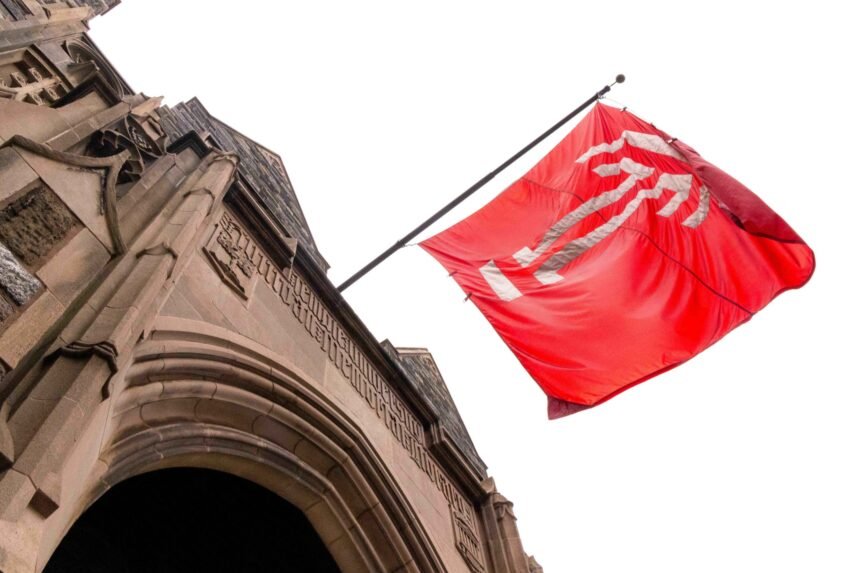Temple gymnast Emma Reathaford has filed an objection to an NCAA settlement regarding roster limits for multiple sports for the 2025-26 academic year. The objection was filed alongside David Kasemervisz, a walk-on wide receiver at Stanford University who argued against the NCAA’s back pay policy.
On July 26, 2024, the NCAA settled three class-action lawsuits regarding back damages and future benefits for Division I student-athletes. The settlement agreed to pay $2.8 billion worth of back pay across 10 years and provide increased benefits to student-athletes, including for Name, Image, and Likeness.
The NCAA would also establish roster limits for each college sport starting in the 2025-26 season. In doing so, the NCAA would eliminate scholarship limits for each sport. The changes will force coaches to structure their teams differently, and could ultimately get rid of walk-ons from some college programs.
Many D-1 athletes will be negatively harmed after their schools are forced to cut them from the program, Reathaford stated in her argument.
Reathaford also argued that being cut from the program would not allow for the athlete to be able to seek monetary compensation or join another D-1 program.
Currently, gymnastics has 12 scholarship limits, which would rise to 20 next season. Football will see the limit number rise from 85 to 105. Men’s Lacrosse will have the highest rise in roster limits, going from 12.6 to 48.
Kasemervisz argued that back pay for NIL should apply to any NCAA athletes even if they were not on scholarships. He proposed an action to include any athlete who was on the team and contributed. Kasmervisz stated in his argument that he did not receive the same financial benefits as his teammates who were on scholarship.
A final approval will be needed by Judge Claudia Wilken before the settlement goes into effect. The hearing with Reathaford’s and Kasemervisz’s arguments as well as Judge Wilken’s approval will not happen until April 7, 2025.











